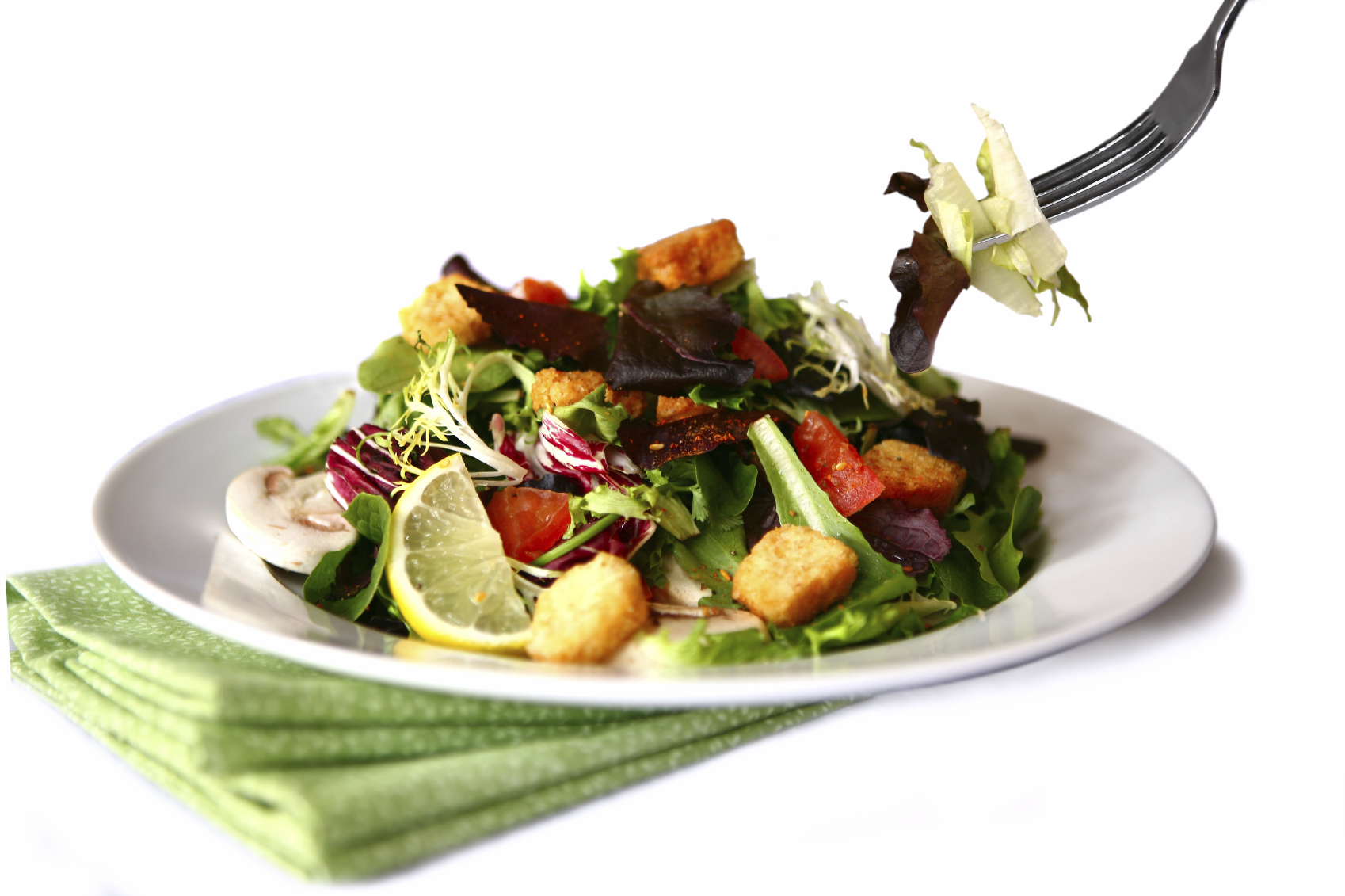AARP Hearing Center
What to Eat to Reduce Your Cataract Risk
By Candy Sagon, January 3, 2014 09:00 AM

To help your aging eyes, think about improving what you eat.
A new Swedish study has found that women age 49 and older who ate a diet rich in disease-fighting antioxidants had a lower risk of developing cataracts.
The team of Swedish researchers looked at the diets of more than 30,000 women ages 49 to 83 and found those with the highest total intake of antioxidants had about a 13 percent lower risk of developing cataracts than women who consumed the least, Reuters reported.
>> Sign up for the AARP Health Newsletter
The women, who filled out a dietary questionnaire, were followed for nearly eight years. Among those who ate the most antioxidants, 745 cases of cataract were recorded, compared with 953 cases among women who ate the least. (One Harvard expert told Reuters he suspects the results would be similar in men, although no research on it has been done yet.)
Antioxidants, including vitamins C, A and E, as well as lycopene, are found in high levels in vividly colored fruits and vegetables, such as oranges, tomatoes, berries and dark green vegetables. (See chart below.) They're also found in coffee, whole grains, chocolate and nuts.
The new research differed from previous studies. Those focused on individual antioxidants "obtained from the diet or supplements and they have reported inconsistent results," lead researcher Susanne Rautiainen, of the Institute of Environmental Medicine at the Karolinska Institutet, told Reuters. In this study, the researchers looked at the total amount of antioxidants in a subject's diet, which better reflects how the nutrients work together.
The study was published online Dec. 26 in the journal JAMA Ophthalmology.
Want to add more antioxidants to your diet? According to the most recent data from the U.S. Department of Agriculture, here are the top 10 antioxidant-rich fruits and vegetables. The numbers reflect the amount of antioxidants in 100 grams, or about 3.5 ounces:
| Prunes | 5770 | Kale | 1770 | |
| Raisins | 2830 | Spinach | 1260 | |
| Blueberries | 2400 | Brussels sprouts | 980 | |
| Blackberries | 2036 | Alfalfa sprouts | 930 | |
| Strawberries | 1540 | Broccoli florets | 890 | |
| Raspberries | 1220 | Beets | 840 | |
| Plums | 949 | Red bell peppers | 710 | |
| Oranges | 750 | Onions | 450 | |
| Red grapes | 739 | Corn | 400 | |
| Cherries | 670 | Eggplant | 390 |
Photo: tobkatrina/iStock
>> Get travel discounts with your AARP Member Advantages.
Also of Interest
- How Bad Will This Flu Season Be?
- Anxiety Drugs and 9 Other Meds That May Cause Memory Loss
- Get free assistance with tax-return preparation from Tax-Aide
- Join AARP: Savings, resources and news for your well-being
See the AARP home page for deals, savings tips, trivia and more































































